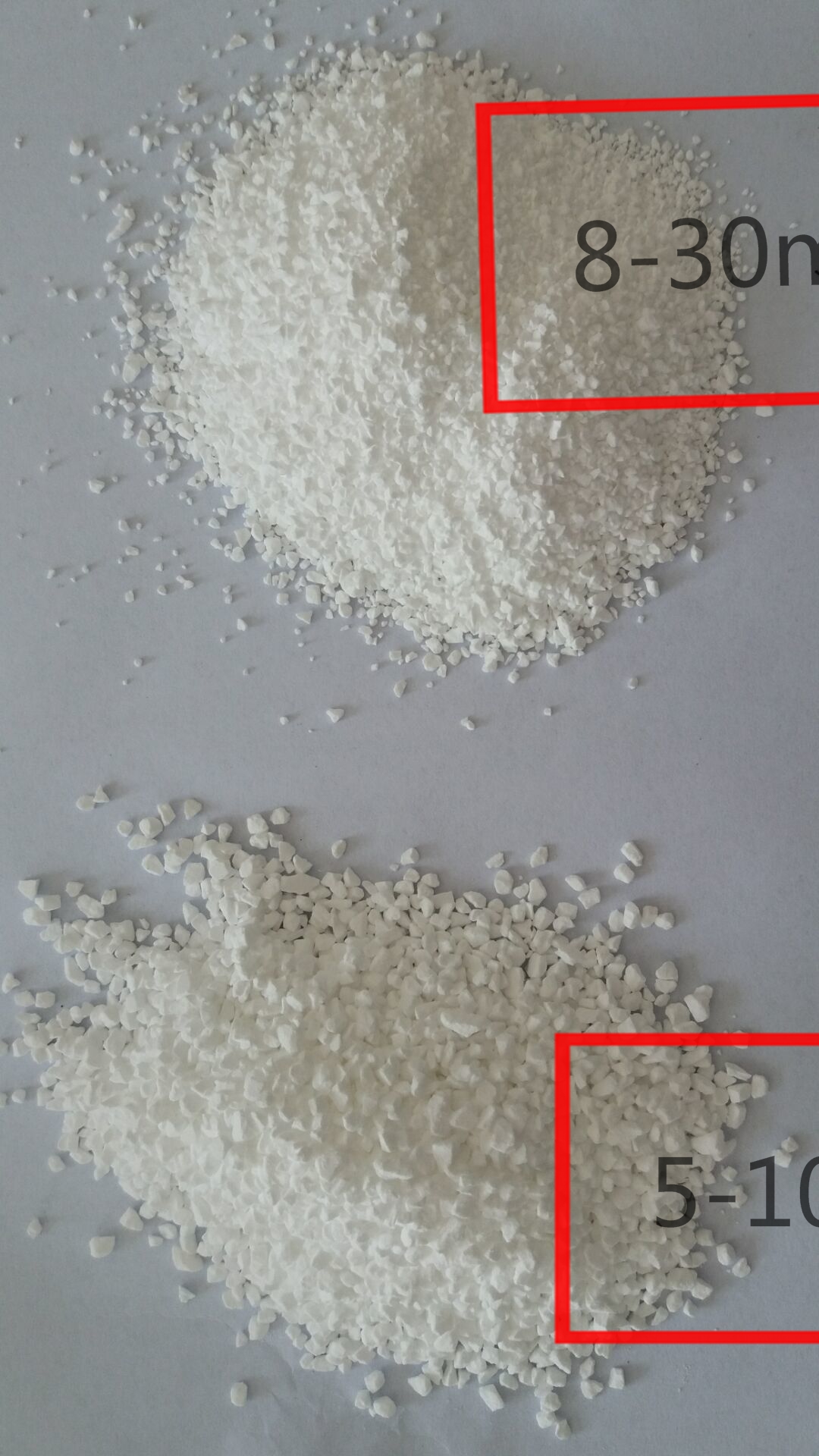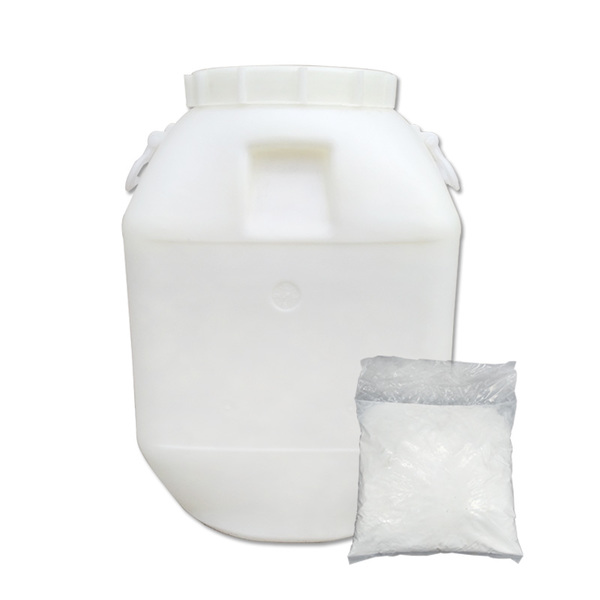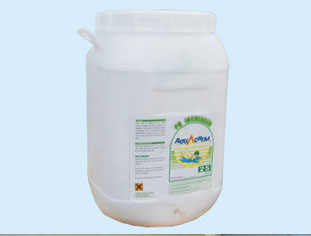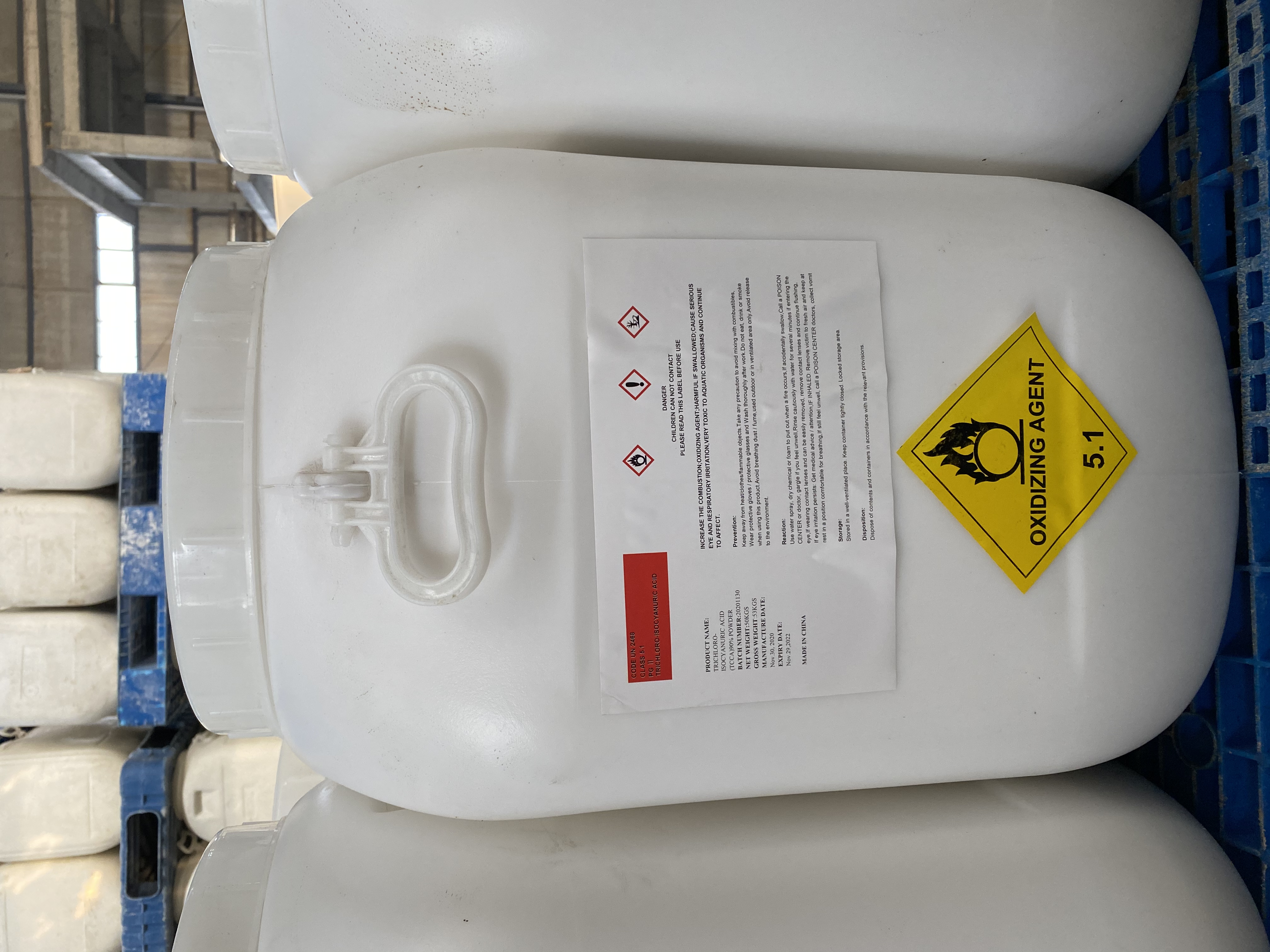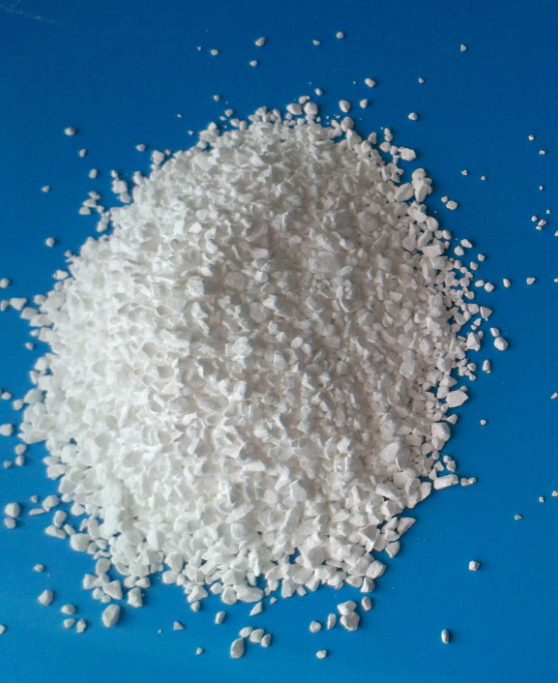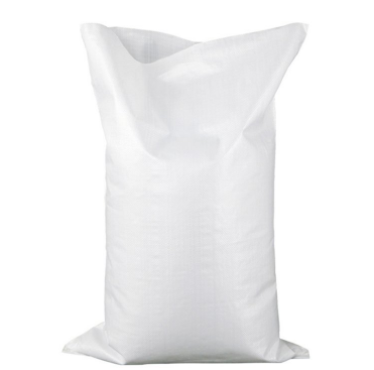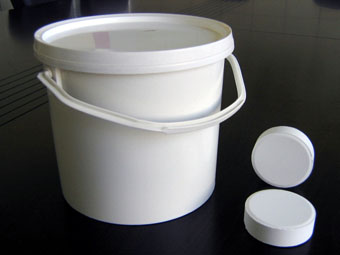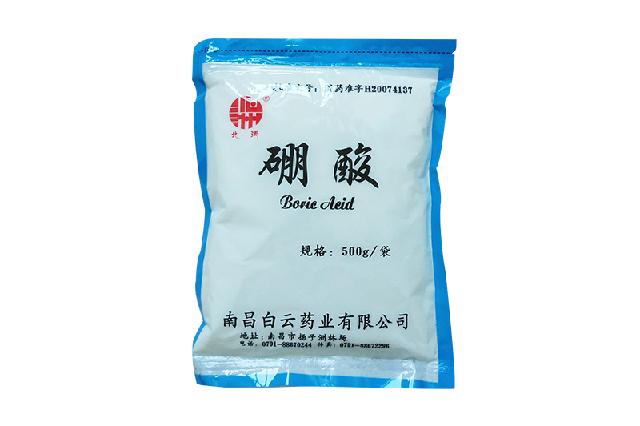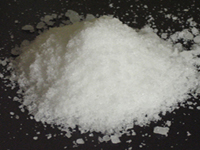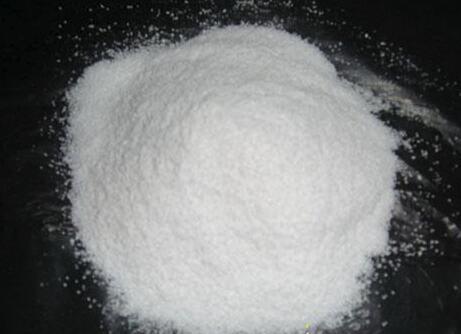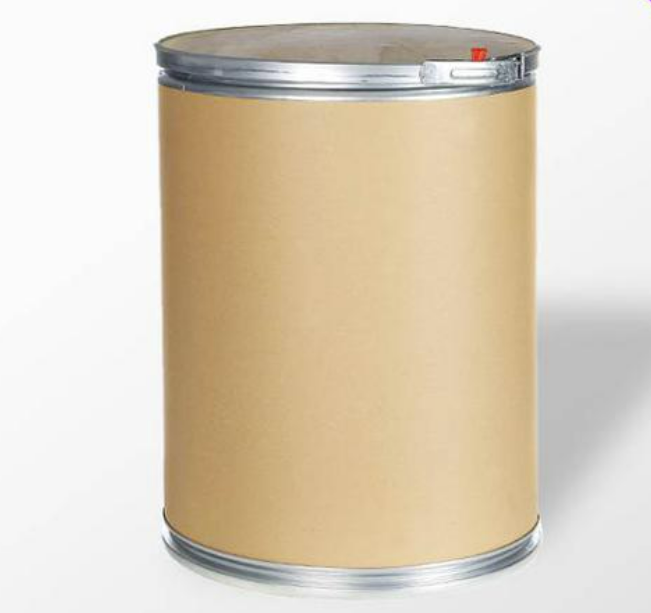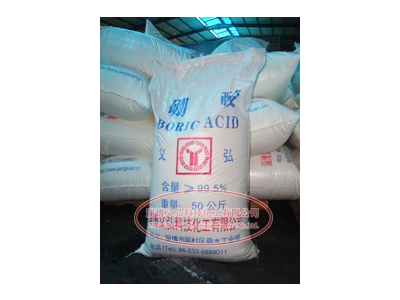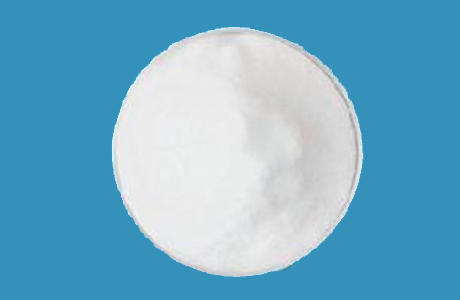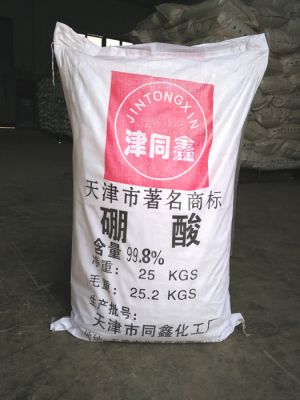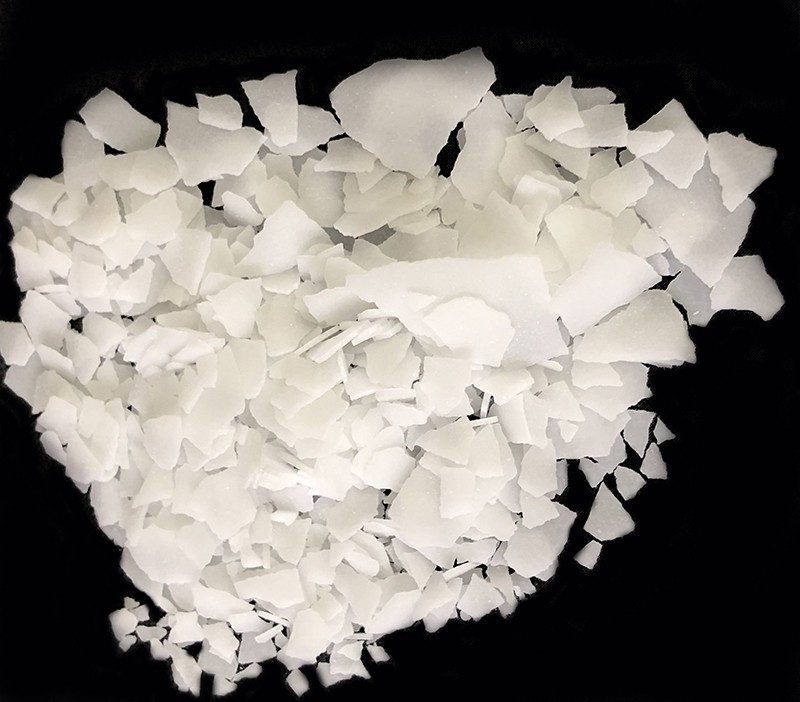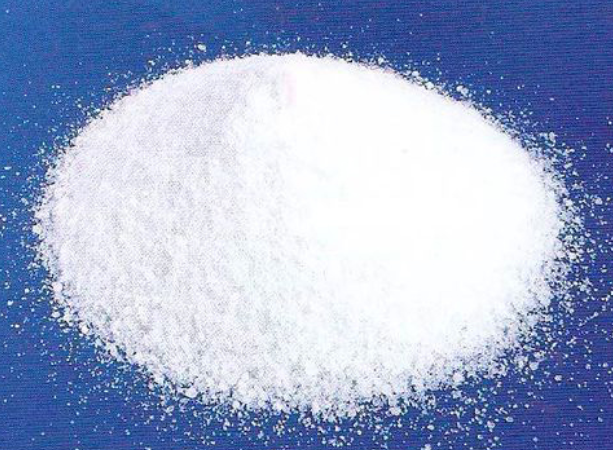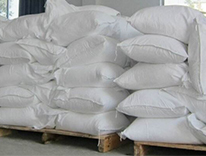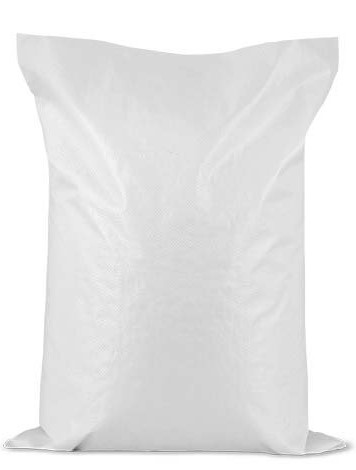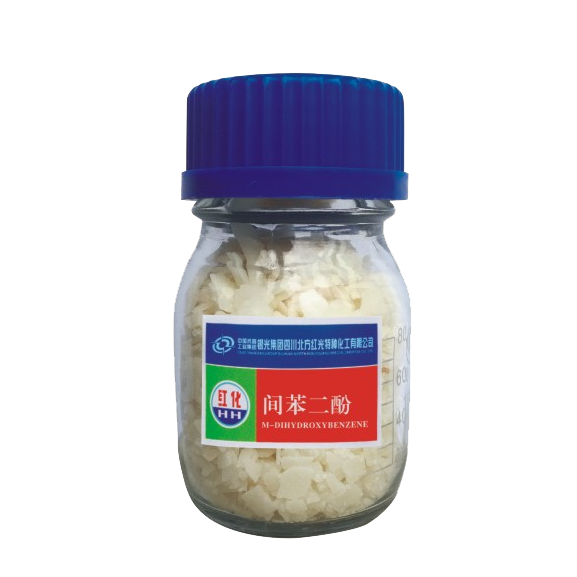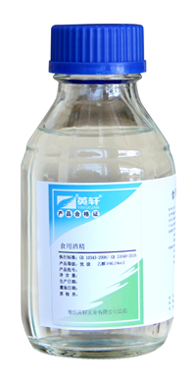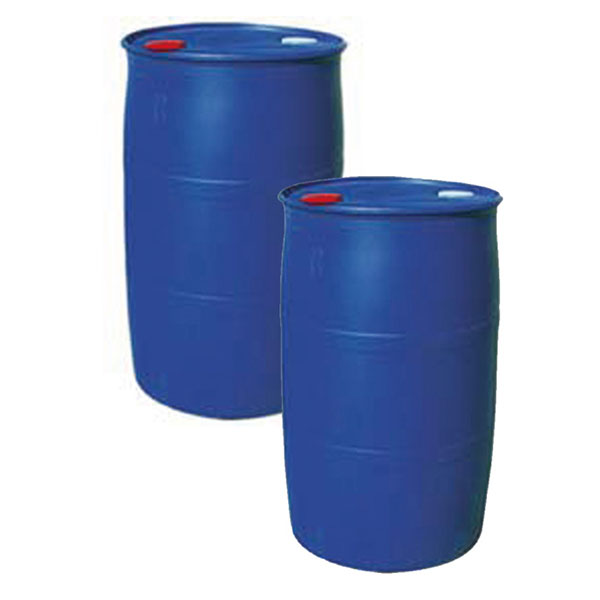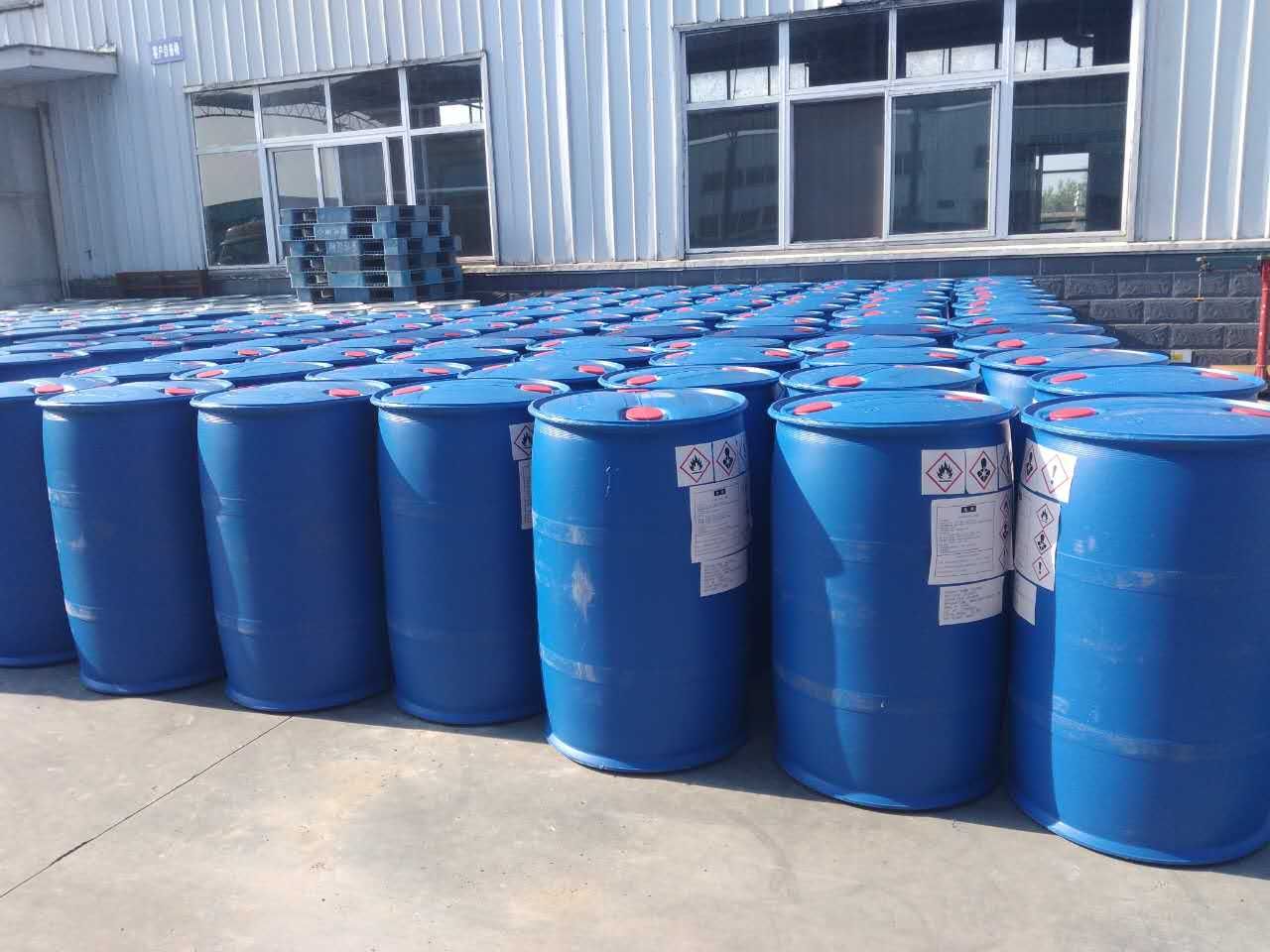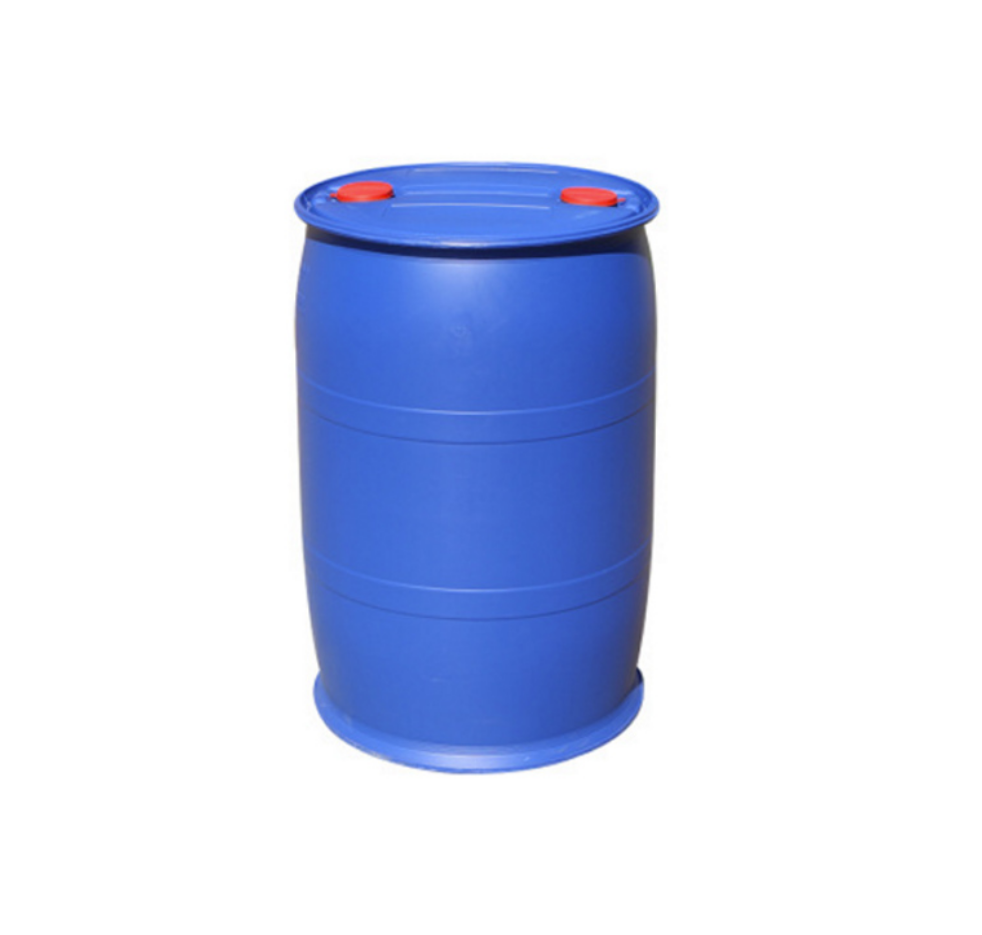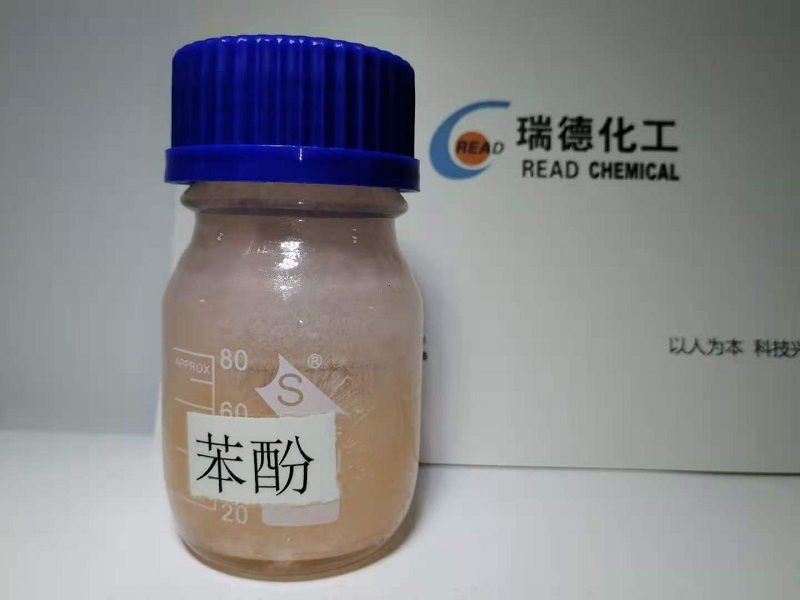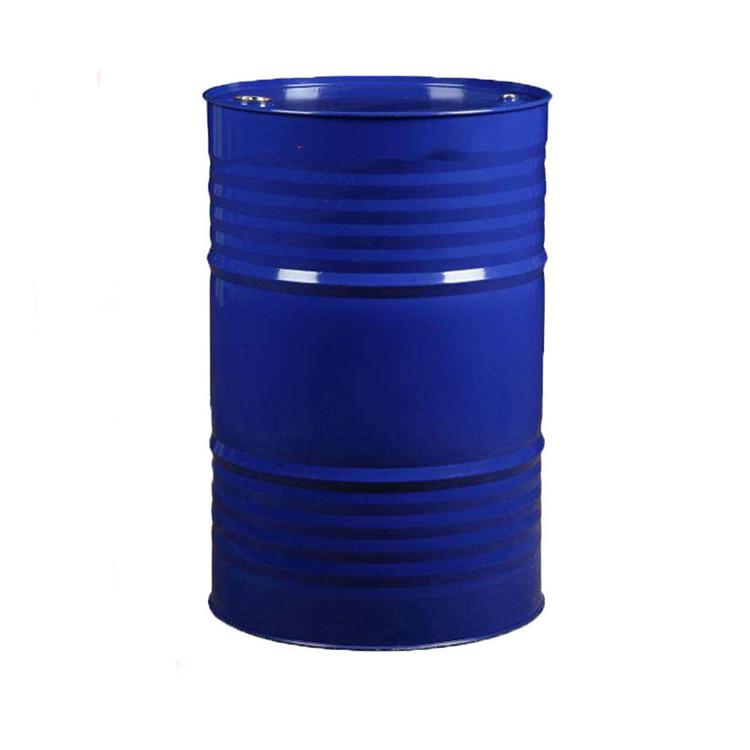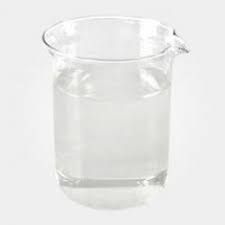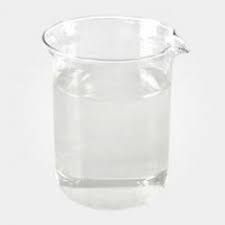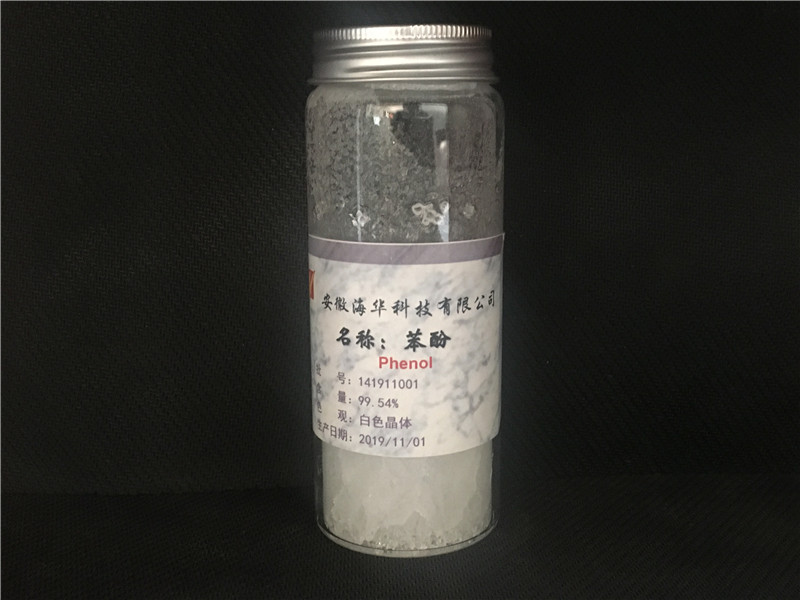API & Intermediate
Pharmaceutical Raw Materials
Veterinary API
Antiallergic Drugs
Hormones and Endocrine Drugs
Drug Metabolism
Pharmaceutical Intermediates
Synthetic Anti Infective Drugs
Specialty Drugs
Vitamins and Minerals Medicines
Feed Drug Additive
Antineoplastic Agents
Nervous System Drugs
Respiratory Drugs
Diagnostic Agents
Anti Stress Drugs
Antipyretic Analgesics
Antiparasitic Drugs
Circulatory System Drugs
Biochemicals
Blood System Drugs
Immune System Medication
Pharmaceutical Excipients
Fluid, Electrolyte, and Acid-Base Balance
Urinary System Drugs
Antibiotics
Anesthetic Agents
Inhibitors
Other Chemical Drugs
Digestive System Drugs
Find
183
related chemicals for you
CAS:87-90-1
Molecular Formula:C3Cl3N3O3
Alias
More Information
Trichloroisocyanuric Acid; Trichloroisocyanuric; Trichloro-S-Triazinetrione; 1,3,5-Trichloro-1,3,5-Triazinane-2,4,6-Trione; TCCA; Trichloroisocyanuric Acid (TCCA); Symclosene; 3 Chlorinating Tablets; HTH 3 Chlorinating Tablets; HTH 3 Chlorine Tablets; TCCA 90%; ÁCIDO Tricloro Tableta; TCCA 90; Acido Tricloro Tableta; TCCA Granules; tcca Tablet; Trichloro Isocyanuric Acid; Hth Chlorine 3;; Tablets; Tri Chloro Isocyanuric acid; tcca-90; Trichloreisocynuric acid; Trichloroisocyanuric Acid Tablets
Brief Introduction
Trichloro-s-triazinetrione, dry appears as a white slightly hygroscopic crystalline powder or lump solid with a mild chlorine-like odor. Said to have 85 percent available chlorine. Decomposes at 225°C. Moderately toxic by ingestion. May irritate skin and eyes. Active ingredient in household dry bleaches. Used in swimming pools as a disinfectant .
Suppliers
View More Vendors (8) >
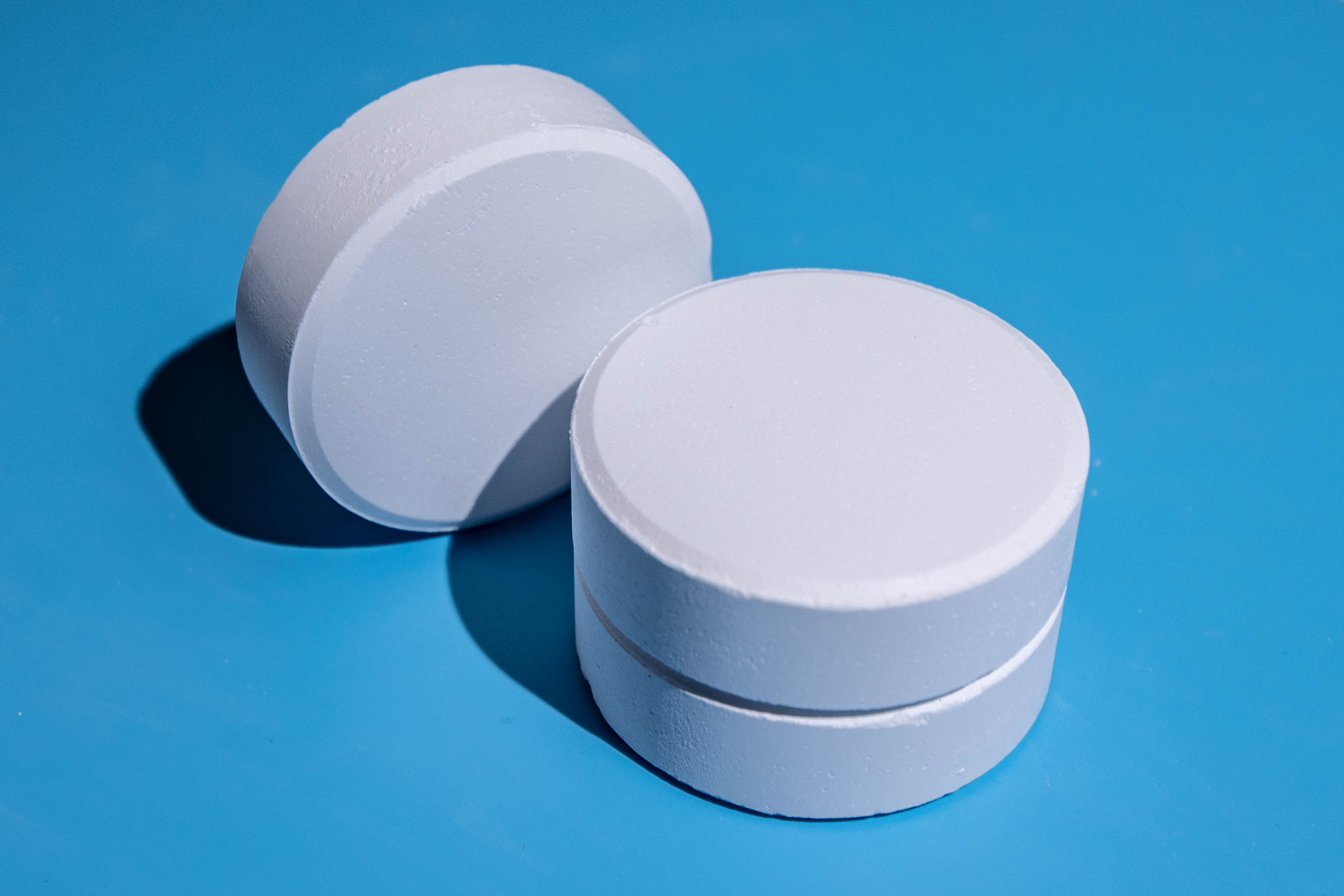
Effective chlorine content: 90%, 50%; Powder, granule and tablet support customization
/
Tech Grade
25kg
/
Plastic Drum
CAS:10043-35-3
Molecular Formula:BH3O3
Alias
More Information
Orthoboric acid; Boracic acid; Boric; Boracic; Borsaure; Boric acid,Dnase,Rnase and Protease free; Borsure; Sassoline BH3O3,Sassolite; Borofax; TBE Buffer; Fleaprufe; Asam Borat; Asam Boric
Brief Introduction
It is used to prepare borate, borate ester, optical glass, paint, pigment, boric acid soap, leather finishing agent, printing and dyeing auxiliaries and disinfectants in medicine
Suppliers
View More Vendors (8) >
CAS:108-46-3
Molecular Formula:C6H6O2
Alias
More Information
Resorcine; Benzene-1,3-diol; m-Hydroxyphenol; 3-Hydroxyphenol; Resorcin; Resorzin; Resorcino; Rezorsine; 1,3-Diethynylenebenzene; 1,3-Hydroquinone; 1,3-Benzenediol; 1,3-Diethynyl-Benzene; 1,3-Benzenediol,Resorcinolum; 1,3-Benzenediol,Resorcinol; Meta-Diethynylbenzene; M-Diethynylbenzene; 1,3-Dihydroxybenzene; Meta-Dihydroxy Benzene
Brief Introduction
Resorcinol is an important organic synthetic material, mainly used in rubber adhesive, analytical reagent, preservative, medicine, dye, synthetic resin and other raw materials. For example, Shuhong is an important triphenylmethane dye, dyed with bright red, mainly used for dyeing silk. It is used to prepare intermediate fluorescent yellow by CO heating of Resorcinol and phthalic anhydride in the presence of zinc chloride or concentrated sulfuric acid, It is prepared by tetrabromination. Eosin is commonly used to make red ink, and can also be used as a dye for microscopic examination of biomaterials. If the intermediate fluorescent yellow is brominated in the acetic acid solution, only dibromylation can be carried out, and then the red mercury (also called amalgam) can be obtained by CO heating with mercury acetate. It is an important antiseptic. It is easy to dissolve in water, 2% of the water solution is the "red medicine water" used for daily sterilization and disinfection. The alcohol acetone solution of mercury can also be used for skin disinfection. 4-n-hexanediol can be obtained by acylation of resorcinol and caproic acid, which is also a disinfectant. It is also used as local anti itching agent and intestinal digestive agent in medicine.
Suppliers
View More Vendors (8) >
Alias
More Information
Ethyl Alcohol; Grain Alcohol; Absolute Alcohol; Cologne Spirit; Absolute Ethyl Alcohol; EtOH; Ethyl Hydroxide; Ethylic Alcohol; Drinking Alcohol; Methylcarbinol; Ethylol; Alcohol; Industrial Alcohol; Edible Alcohol; Ethyl Hydrate; Hydroxyethane; Anhydrous Ethanol; Ethanol AR; Ethyl Alcohol of 99.9% Purity; Ethonal; Denatured Alcohol
Brief Introduction
Ethanol is an important organic solvent, which is widely used in medicine, coatings, sanitary products, cosmetics, grease and other methods, accounting for about 50% of the total consumption of ethanol. Ethanol is an important basic chemical raw material, which is used to manufacture acetaldehyde, ethylene diene, ethylamine, ethyl acetate, acetic acid, chloroethane, etc., and derived many intermediates of medicine, dyes, coatings, spices, synthetic rubber, detergent, pesticides and other products. There are more than 300 kinds of products, but at present, the use of ethanol as an intermediate of chemical products is gradually declining, Many products, such as acetaldehyde, acetic acid and ethyl ethanol, no longer use ethanol as raw materials, but use other raw materials instead. 75% ethanol aqueous solution has strong bactericidal ability and is a common disinfectant. Specially refined ethanol can also be used to make beverages. Similar to methanol, ethanol can be used as energy. Some countries have begun to use ethanol alone as vehicle fuel or mixed with gasoline (more than 10%) to save gasoline.
Suppliers
View More Vendors (7) >
Kellin Chemicals (Zhangjiagang) Co., Ltd
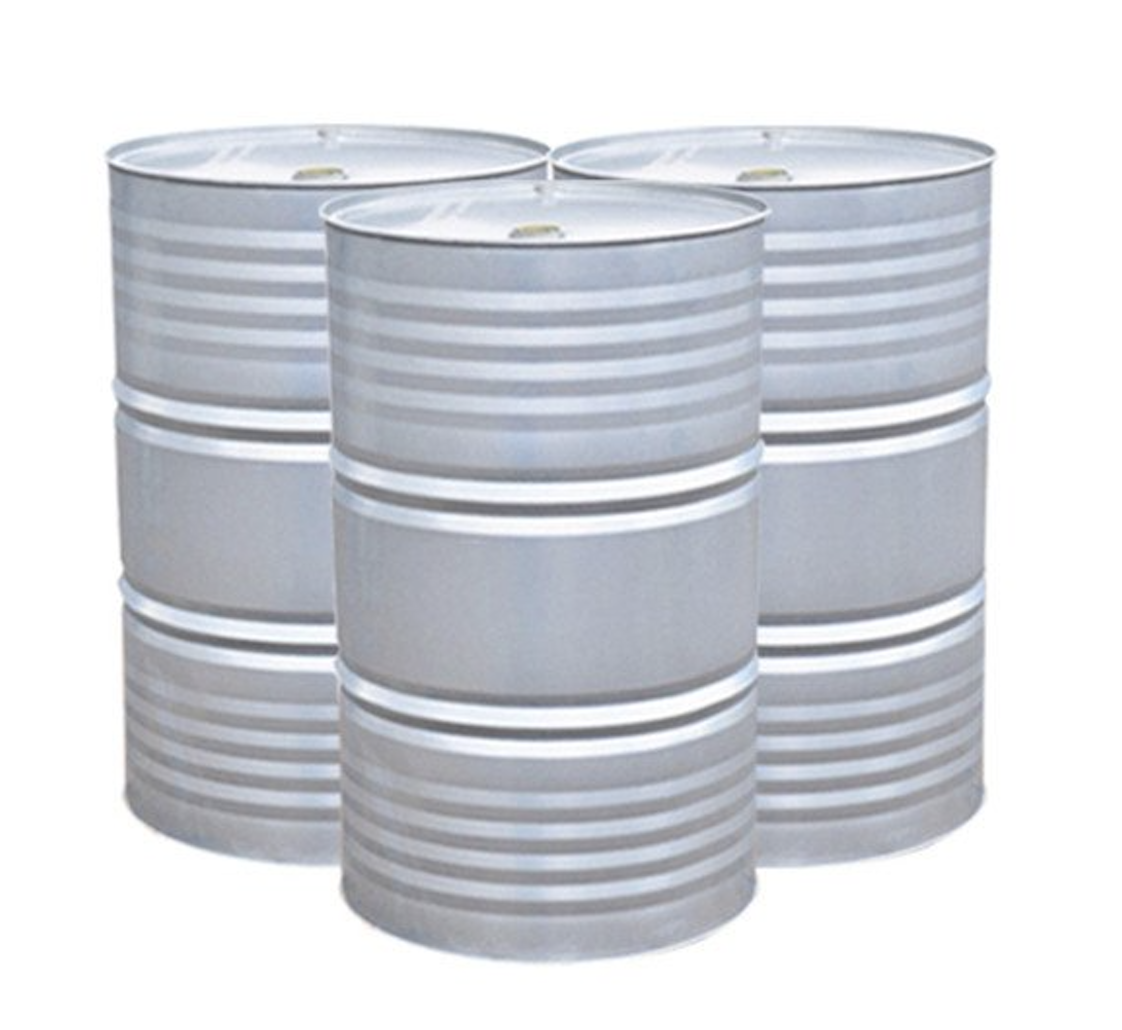
≥99.9%
/
Tech Grade
165kg
/
Iron Drum
Bozhiyuan Technology (Guangdong) Co.,Ltd.
EL
/
Electronic Grade
CAS:108-95-2
Molecular Formula:C6H6O
Alias
More Information
Na 2821; Phenol For Synthesis; Fenol; Phenol - Whole Volume, Crm Standard; Hydroxybenzene; Phenol Bp (Detached Crystals); Acsphenolcrystals; Phenol Solid; Benzenol; Phenol Crystal; Liquefied Phenol; Phenol Water Saturated Sol.,Dnase,Rnase; Phenole; Paoscle; Phenol,Industrial; Phoh; Izal; Carbolic Acid; Phenol, Molten; Fenolo; Phenol Crystals Analar; Hydroxybenzol; Phenol, Loose Crystals A.C.S. Reagent; Phenol - Crystalline Pure Dab, Ph. Eur., Usp; Phenol Usp; Liquefiedphenol,Liquefied,Usp; Phenol,Fusedcrystal,Biotechgrade; Phenol,Fusedcrystal,Technical; Pheynol; _|_; Benzene Derivative
Brief Introduction
Phenol, liquid appears as a colorless liquid when pure, otherwise pink or red. Combustible. Flash point 175°F. Must be heated before ignition may occur easily. Vapors are heavier than air. Corrosive to skin but because of anesthetic qualities will numb rather than burn. Upon contact skin may turn white. May be lethal by skin absorption. Does not react with water. Stable in normal transportation. Reactive with various chemicals and may be corrosive to lead, aluminum and its alloys, certain plastics, and rubber. Freezing point about 105°F. Density 8.9 lb / gal. Used to make plastics, adhesives and other chemicals.
Suppliers
View More Vendors (7) >
Inquiry (
10
/ 10
)
Clear All
You can inquire for up to 10 products at a time
Sign In
Error!

